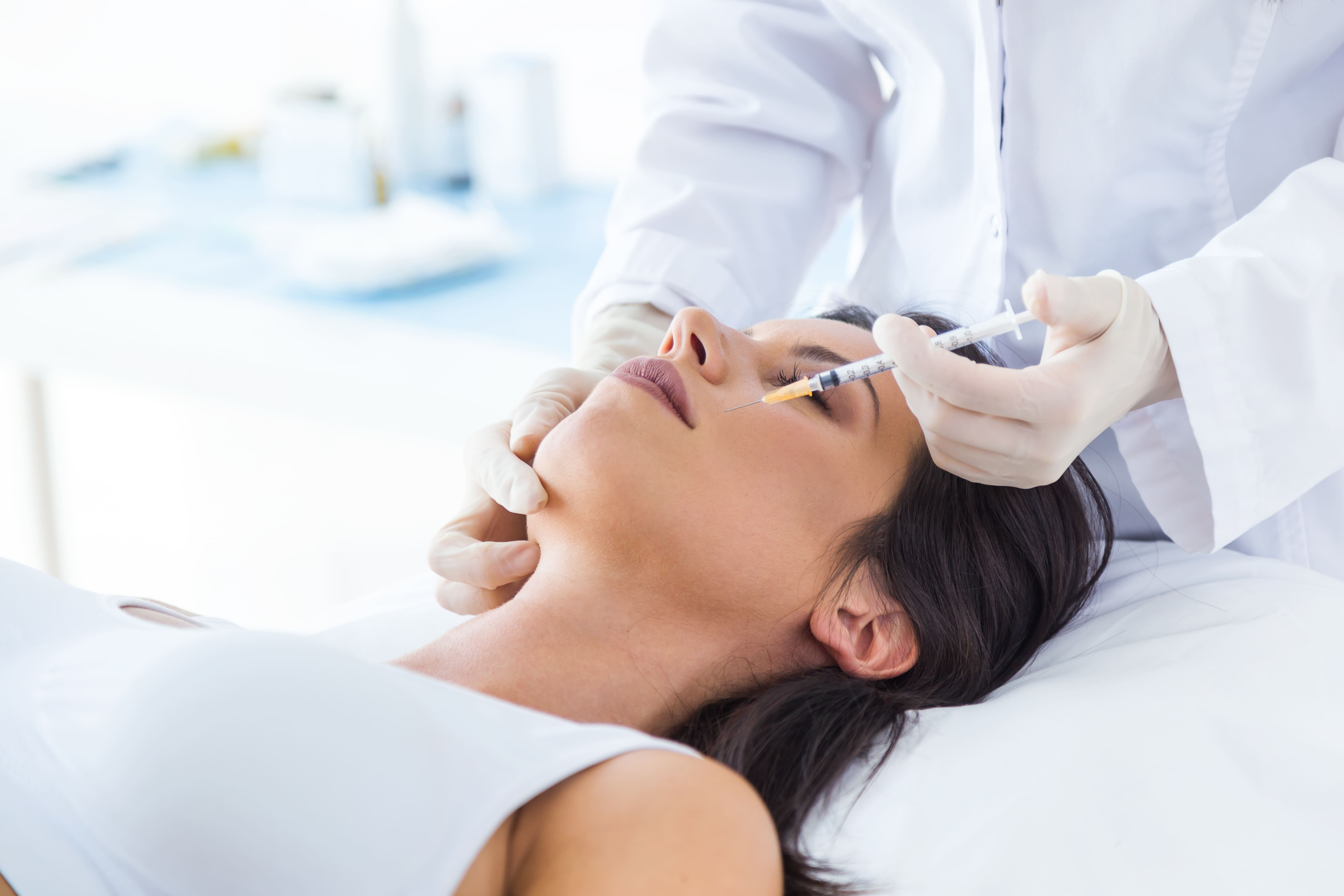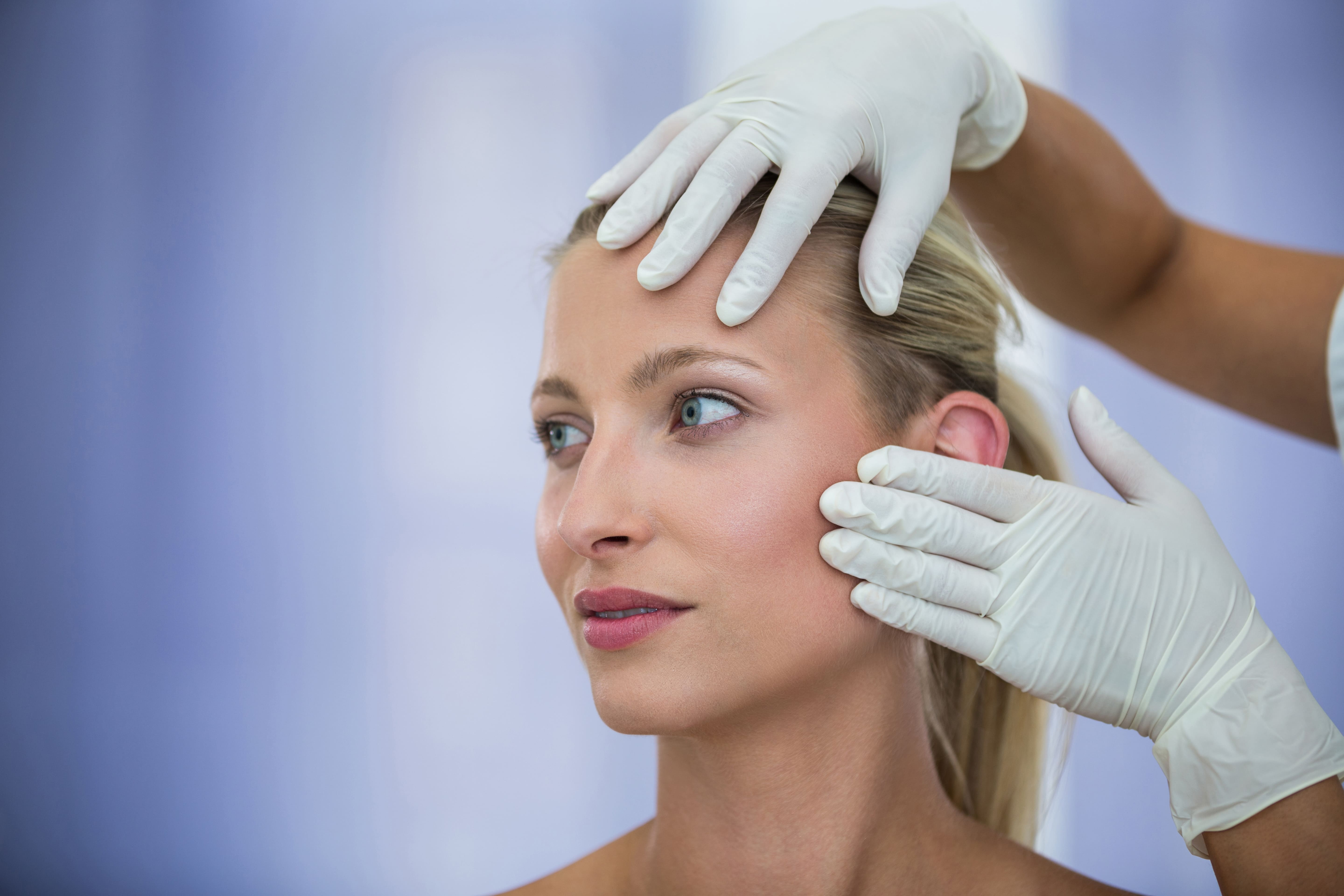Login Form
Registration
Profile Informations
Login Datas
or login
Botox: How Does Botox Work to Improve Your Appearance?
Botox: How Does Botox Work to Improve Your Appearance?
Introduction
Botox is one of the most popular cosmetic treatments in the world, known for its remarkable ability to reduce wrinkles and fine lines. For millions of people, it offers a non-surgical way to refresh and rejuvenate their appearance with minimal downtime.
Beyond aesthetics, Botox also has a variety of medical uses, but its cosmetic benefits—especially in smoothing expression lines and softening facial features—have made it a household name. Understanding how Botox works is key to knowing why it delivers such impressive, natural-looking results.
What Is Botox?

Botox is the trade name for a purified form of botulinum toxin type A, a neurotoxic protein produced by the bacterium Clostridium botulinum. While the word “toxin” might sound alarming, in carefully controlled and minute doses, it is both safe and effective. The treatment was first approved by the U.S. Food and Drug Administration (FDA) for medical use in the late 1980s and later gained approval for cosmetic use in 2002.
Cosmetic and Medical Applications
In aesthetics, Botox injections are primarily used to reduce dynamic wrinkles—those caused by repetitive facial expressions such as frowning, smiling, or squinting. Common treatment areas include forehead lines, crow’s feet around the eyes, and frown lines between the eyebrows.
Medically, Botox has proven to be effective in treating conditions such as chronic migraines, excessive sweating (hyperhidrosis), muscle spasms, and even certain bladder disorders. This dual versatility is one of the reasons Botox remains such a trusted and well-researched treatment worldwide.
Botox vs. Dermal Fillers
Although both Botox and dermal fillers are injectable cosmetic treatments, they work very differently. Botox relaxes muscles to prevent wrinkle formation, while fillers add volume to plump up skin depressions or contour facial features. Many people combine both for comprehensive facial rejuvenation—Botox to smooth movement lines and fillers to restore lost volume.
How Does Botox Work?

Botox works at the neuromuscular junction, where nerves communicate with muscles. It blocks the release of a neurotransmitter called acetylcholine, which normally signals muscles to contract. When this communication is interrupted, the targeted muscles temporarily relax, preventing them from creating expression lines on the skin’s surface.
Relaxing Facial Muscles and Smoothing Wrinkles
When facial muscles repeatedly contract over years—like squinting, frowning, or raising your eyebrows—they gradually create grooves in the skin that become permanent wrinkles. Botox injections help relax these overactive muscles, which in turn smooths existing wrinkles and prevents new ones from forming.
The most common areas treated include:
- Forehead lines
- Frown lines (glabellar lines)
- Crow’s feet around the eyes
- Bunny lines on the nose
By relaxing these specific muscles, Botox helps the face look more refreshed, calm, and youthful without affecting natural facial expressions when done correctly by a trained professional.
The Science Behind Muscle Relaxation
The effect of Botox is local and temporary. Once injected, it binds to nerve endings and blocks acetylcholine release. Over time, the nerve endings regenerate, restoring normal muscle activity. This gradual process explains why results fade after several months, making repeat treatments necessary for maintaining the desired appearance.
How Long Does Botox Take to Work?
While some improvement can be seen within a few days, full results typically appear between 7 to 14 days after the injection.
Immediate vs. Gradual Results
After treatment, muscle activity begins to reduce slowly. The initial softening of wrinkles often becomes noticeable by day three or four, but the most visible transformation—smoother, more relaxed skin—develops over the following week or two. This gradual onset ensures a natural-looking improvement rather than an abrupt change.
Factors Affecting Results
Several factors can influence how quickly and how long Botox results last:
- The individual’s metabolism and muscle strength
- The dose and injection technique used
- The treatment area (forehead muscles may respond differently than crow’s feet)
- Consistency with maintenance sessions
On average, the effects last three to four months, though some people enjoy results lasting up to six months with regular treatments.
What to Expect Before, During, and After Botox Treatment
Understanding what happens at each stage of the Botox process helps ensure a smooth, comfortable experience and optimal results.

Pre-Treatment Consultation
Before any injections are administered, a consultation with a qualified medical professional is essential. During this appointment, the practitioner will:
- Evaluate your skin type, facial structure, and muscle movement
- Discuss your aesthetic goals and expectations
- Review your medical history and any contraindications
- Explain the procedure, risks, and aftercare instructions
This personalized assessment ensures that the treatment plan is tailored to your facial anatomy and desired outcome.
The Procedure
The Botox procedure is quick—often 10 to 20 minutes—and minimally invasive. The practitioner uses a fine needle to inject small amounts of the product into targeted muscles. Most patients describe the sensation as a mild pinch or pressure.
Because there’s no need for anesthesia or downtime, you can usually return to normal activities immediately after the session, although it’s advised to avoid strenuous exercise and lying down for a few hours.
Post-Treatment Care
After your session:
- Avoid touching or massaging the treated areas for at least 24 hours.
- Refrain from intense workouts or saunas for a day.
- Stay upright for several hours after the procedure.
Minor redness, swelling, or bruising can occur but typically resolve within a day or two. Your provider may schedule a follow-up appointment after two weeks to evaluate your results and make minor adjustments if needed.
How Botox Improves Your Appearance Over Time
Cumulative Effects
While a single treatment can deliver visible improvement, the benefits of Botox often increase with consistent use. Regular maintenance sessions train the facial muscles to remain more relaxed, gradually reducing the depth and visibility of wrinkles. Over time, this leads to smoother skin and a naturally refreshed look.
Minimal Downtime and Lasting Confidence
One of Botox’s greatest advantages is its minimal recovery time. Most people resume work or social activities right away, making it a convenient “lunchtime procedure.” The subtle yet noticeable improvements can significantly boost self-confidence, helping individuals feel more comfortable and youthful in their own skin.
Conclusion
Botox remains one of the most trusted and effective non-surgical treatments for reducing wrinkles and enhancing skin texture. By temporarily relaxing facial muscles, it softens existing lines and prevents new ones from forming—leading to a smoother, rejuvenated appearance that still looks natural.
Results develop gradually, last for several months, and can improve further with regular treatments. When administered by a licensed, experienced professional, Botox offers a safe, convenient, and confidence-boosting way to maintain a youthful look.
If you’re curious about whether Botox is right for you, consult a qualified aesthetic specialist. To learn more about professional Botox treatments or to book a consultation, visit our clinic’s [Botox treatments page] or contact us for expert advice.


